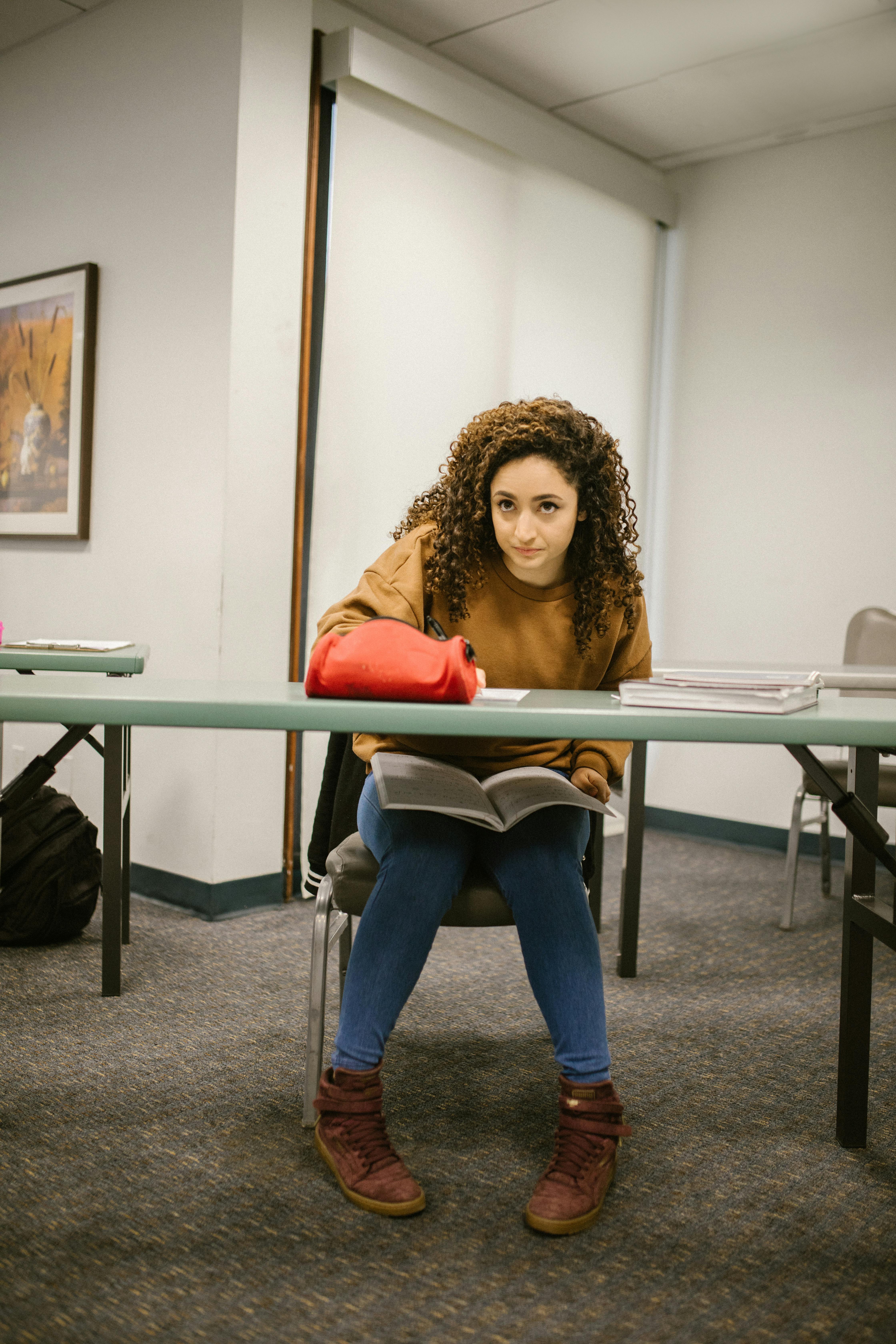Top 5 Ways to Write a Thank You Letter Effectively in 2025

How to Write a Thank You Letter in 2025: Essential Tips to Express Genuine Gratitude
In an increasingly digital world, the art of writing a thank you letter remains as important as ever. Whether you’re expressing gratitude for a gift, a favor, or professional support, a thoughtfully crafted thank you letter can strengthen relationships and show sincere appreciation. In this guide, we’ll explore how to properly write a thank you letter in 2025, covering various formats such as formal, business, and personal thank you letters.
Understanding the nuances of a thank you letter allows you to create a heartfelt message tailored to your audience. From appreciating a friend to acknowledging a mentor’s guidance, the importance of gratitude cannot be overstated. This article will provide key takeaways on writing effective thank you letters, along with essential tips and examples to guide you.
By the end of this article, you will feel confident in your ability to express gratitude through various formats, ensuring your messages resonate with recipients and leave a lasting impression.

Fundamentals of Writing a Thank You Letter
Building a strong foundation for your thank you letter is crucial for conveying your message effectively. Understanding the key components of a thank you letter will help you structure your writing. In this section, let’s dive into what a thank you letter entails.
Key Components of a Thank You Letter
A thank you letter should begin with a warm greeting followed by an expression of gratitude in the opening lines. For instance, start with “Dear [Recipient’s Name],” and then state your thanks precisely. For example, “Thank you for your generous gift of [mention the gift].” This helps personalize the letter while immediately expressing appreciation.
After stating your thanks, elaborate on how the recipient’s gesture impacted you. This could include how it made you feel or the positive difference it made in your life. A brief anecdote can reinforce your gratitude and make your letter more engaging.
Conclude your letter with a courteous closing, such as “Sincerely” or “Best Wishes,” and sign your name. Formal and personal thank you letters both benefit from clear structure, ensuring your message captures the intended thoughtfulness.
Formal vs. Informal Thank You Letters
Understanding when to use formal versus informal thank you letters is important. Formal thank you letters are typically used in professional contexts, such as after job interviews or business gifts, while informal letters suit personal relationships. For instance, a business thank you letter may adhere to a more structured format including a subject line, date, and professional salutation, while a personal letter allows for a casual tone and friendly language.
Regardless of the format, both types should express genuine gratitude and acknowledge the recipient appropriately, tailoring your language to fit your relationship with the individual.
Thank You Letter Structure Examples
To clarify how to organize your thank you letter, here are two basic structures for formal and informal options:
- Formal: Begin with a subject line, date, salutation, body (express gratitude and details), closing, and signature.
- Informal: Start with a greeting, body (include personal anecdotes), closing, and signature.
This structure helps guide your words to convey a clear and thoughtful message.
Crafting Personal Thank You Notes
Following up on the basics, personalizing your thank you notes can make your gratitude feel deeper and more sincere. Personal notes reflect your style, along with genuine engagement in expressing thanks.
Unique Thank You Letter Ideas
In a conventional setting, you might opt for a traditional handwritten note; however, think creatively when crafting your messages. Here are some ideas to personalize your thank you notes:
- Consider including a photo that relates to the act of kindness for a more visual memory.
- Incorporate a quote or poem that resonates with your feelings of gratitude.
- Use thematic stationery that reflects your personality or the occasion.
These unique touches can make your gratitude letter feel heartfelt instead of generic, enhancing your relationship with the recipient.
Effective Thank You Letter Wording
The wording you choose plays a critical role in how your gratitude is perceived. Strive for sincerity in your messages. For instance, rather than a simple “Thank you for the gift,” personalize it: “I truly appreciate your thoughtful gift; it was exactly what I needed.” This specificity enhances the warmth of your gestures.
Thank You Card Messages for Various Occasions
Consider the context of your gratitude when composing your messages. For a gift, you might say, “Your gift brought me much joy during a challenging time.” Or for professional support: “I am immensely thankful for your guidance during my career transition.” Tailor your message to suit the occasion, ensuring that it reflects the relationship you share with the person.
Following Up After Sending Your Thank You Letter
Once you've sent your thank you letter, you might wonder if a follow-up is necessary. This section will provide insights on when and how to effectively follow up.
Importance of Acknowledgment in Letters
Many recipients appreciate a quick acknowledgment of their efforts. Following up with an email or a brief message can reinforce your appreciation. For instance, you can message, “I just wanted to let you know how much I appreciate your kindness and support.” This not only affirms the gratitude expressed in your letter but also keeps the communication channels open.
How to Craft a Follow-Up Message
Your follow-up message should include a concise reference to the original thanks, reiterating your appreciation. This can be as simple as, “Thank you once again for your gift; it truly means a lot to me,” ensuring that gratitude remains an ongoing conversation.
Professional Thank You Follow-Ups
In a business context, following up can be more formal. Send a follow-up email expressing your gratitude while referencing specific instances during your interaction. For example, “I appreciated the opportunity to discuss [specific topic] during our meeting and thank you for your insights.” This demonstrates not only your gratitude but also engages with the ideas shared, thus cultivating further professional relationships.

Common Mistakes to Avoid
Understanding common pitfalls can enhance your thank you letter writing skills. In this section, we will review some mistakes to avoid ensuring your messages are well-received.
Being Generic or Formulaic
One common mistake is using generic phrases that lack personal touch. Instead of copying generic templates, tailor your messages to fit individual situations and relationships, thus making your letters more impactful.
Forgetting to Proofread Your Letter
Grammatical errors or typos can undermine the sincerity of your letter. Always review your thank you note to ensure clarity and professionalism. A well-written letter demonstrates respect towards the recipient.
Neglecting to Send the Letter Promptly
Promptness in expressing gratitude is crucial. Timeliness shows that you value the recipient’s gesture. Aim to send thank you letters within a week after the event or gift. This ensures that your message remains relevant and appreciated.
Conclusion: The Lasting Impact of Thank You Letters
Writing a thank you letter might seem simple, but its impact is profound. These thoughtful notes can foster stronger relationships, express appreciation, and convey sincerity. With the tips and examples outlined in this guide, you are now equipped to navigate the nuances of expressing gratitude effectively.
Whether through a formal business letter or a heartfelt personal note, remember that every expression of thanks strengthens connections and leaves a positive impression. Utilize your newfound skills to craft meaningful thank you letters that resonate and communicate genuine appreciation.